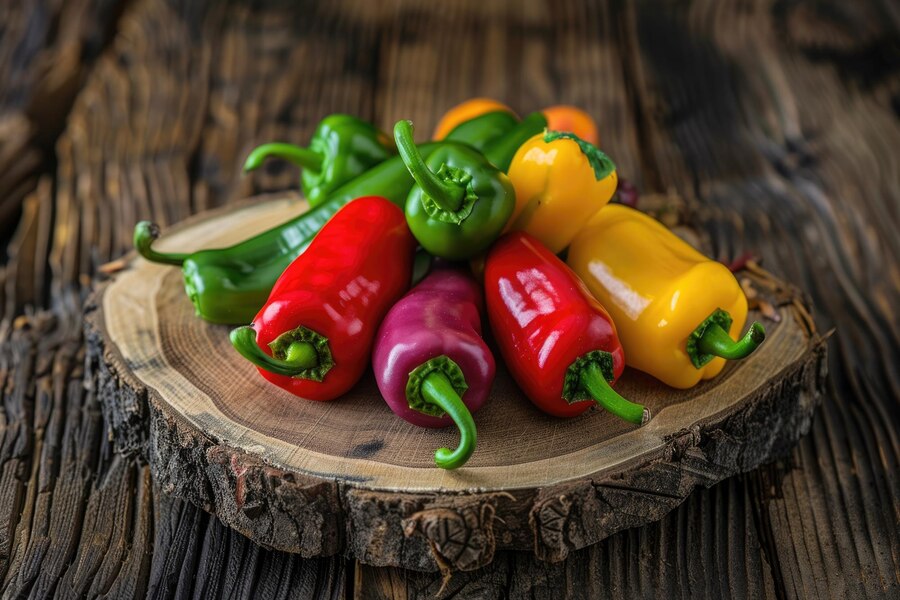Introduction
Chile Serrano, known for its fiery heat and vibrant flavor, is a popular chili pepper variety originating from Mexico. Widely used in Mexican cuisine, the Serrano pepper adds a distinctive spiciness and depth to dishes, making it a staple in salsas, sauces, and many traditional recipes. This article explores the origins, characteristics, culinary uses, nutritional benefits, and cultural significance of the Chile Serrano.
Origins and Cultivation
- Native to Mexico: The Chile Serrano (Capsicum annuum) is native to the mountainous regions of Mexico. It thrives in warm climates and is cultivated extensively throughout the country, particularly in states like Puebla, Veracruz, and Sinaloa.
- Varietal Diversity: There are several cultivars of Serrano peppers, varying in size, heat level, and color. They range from green (immature) to red or yellow (ripe), with each stage offering distinct flavor profiles and culinary uses.
Characteristics of Chile Serrano
- Size and Shape: Chile Serrano peppers are small to medium-sized, typically 2 to 4 inches in length. They have a slender, cylindrical shape with a slight taper towards the tip and a smooth, shiny skin.
- Heat Level: Serrano peppers are known for their moderate to hot spiciness, ranging between 10,000 to 23,000 Scoville Heat Units (SHU). This heat level places them above jalapeños but below habaneros in terms of spiciness.
Culinary Uses
- Flavor Profile: Chile Serrano peppers offer a crisp, bright heat with a grassy or citrusy undertone. Their robust flavor makes them ideal for adding depth and spice to a wide range of dishes without overwhelming other ingredients.
- Traditional Dishes: In Mexican cuisine, Serrano peppers are used fresh, roasted, or pickled to enhance salsas, guacamole, tacos, soups, stews (like pozole), and marinades. They can also be sliced and added raw to salads for an extra kick.
Nutritional Benefits
- Vitamins and Antioxidants: Like other chili peppers, Chile Serrano is rich in vitamins A, C, and K, which support immune health, skin integrity, and blood clotting. They also contain antioxidants that help fight inflammation.
- Capsaicin Content: The compound responsible for the heat in Serrano peppers, capsaicin, has been linked to potential health benefits such as pain relief, metabolism boost, and improved heart health when consumed in moderation.
Cultural Significance
- Symbol of Mexican Cuisine: Chile Serrano peppers are deeply embedded in Mexican culinary traditions and are celebrated for their role in adding spice, flavor, and authenticity to regional dishes across Mexico.
- Festivals and Celebrations: In regions where Serrano peppers are grown, festivals and events often celebrate their harvest and cultural significance, showcasing local cuisine, music, and traditions.
Conclusion
Chile Serrano stands as a testament to Mexico’s rich culinary heritage and the global appreciation for bold flavors and spicy heat. From its humble origins in Mexican mountain valleys to its widespread use in kitchens worldwide, the Serrano pepper continues to captivate taste buds with its vibrant color, robust flavor, and versatile applications in diverse cuisines. Whether enjoyed fresh, roasted, or pickled, Chile Serrano remains a beloved ingredient that embodies the passion and zest for life found in Mexican gastronomy, enriching dishes with its unmistakable heat and depth of flavor.










